Cable Devices - Identification, Use and Removing a Dog
Cable Device - Identifying
Modern cable devices have the same basic components: the cable, owner's name tag, an attachment for anchoring, the lock, and the break-a-way device. Cable length from loop to anchor may be 4 to 8 feet.
The cable lock is the component that makes the loop. The lock is designed to travel easily on the cable to close the loop. You can rotate or manipulate the lock with your fingers to allow it to slide backwards on the cable. Doing so will make the loop larger.
Cable devices are constructed to create a loop to capture an animal.
The loop is suspended in the center of the animal's trail, so the targeted animal walks through it. As the coyote passes through the suspended loopt he loop comes to rest on the coyote's neck. The animal's forward motion allows the loop to close on the body. The loop remains in place much like a dog collar.
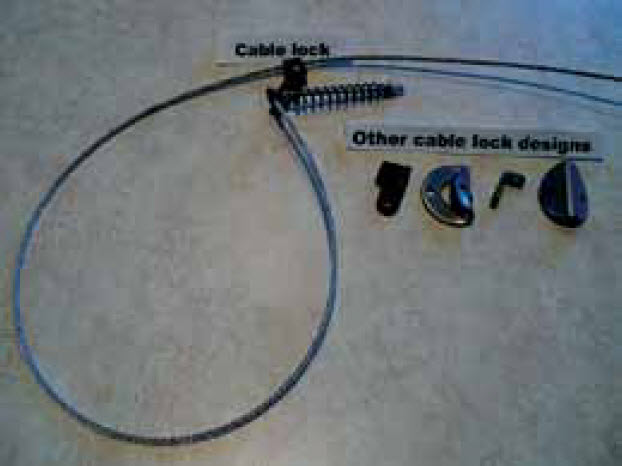
Cable device
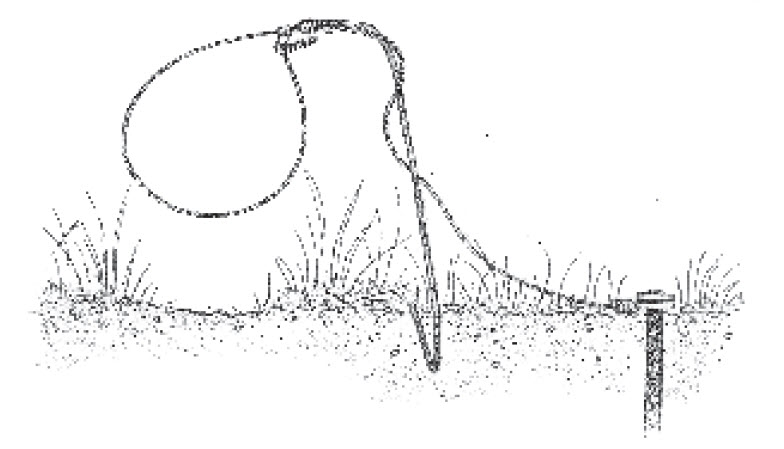
Set cable device
Before You Go Into the Field
When in the field, take some simple precautions to protect your dog.
- Keep in contact with your dog. Most dogs that are leash trained will stop activity once they encounter a cable device.
- Carry cable cutters with you.
- The cable cutters should be ones manufactured specifically to cut galvanized aircraft cable. Normal wire cutters are not designed to cut multi-strand steel cable.
- They should be short nosed as short-nosed cable cutter allows you to get close to the hide and make a cut.
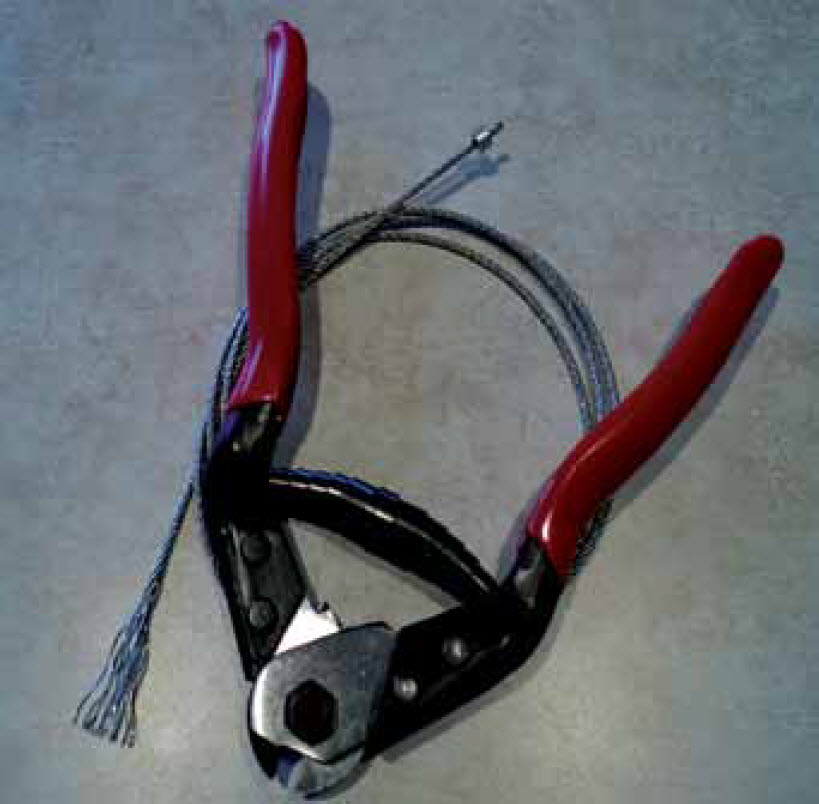
Wire cutters designed to cut multi-strand steel cable
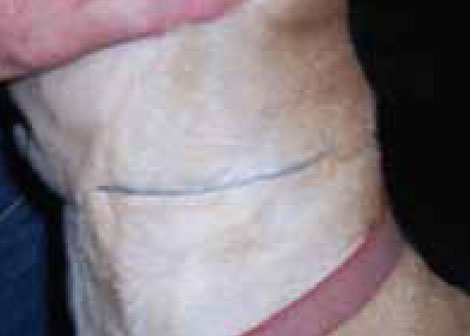
Slide the Lock
Find the lock on the cable loop and slide it backwards (to make the loop larger). Remove the loop from the dog.
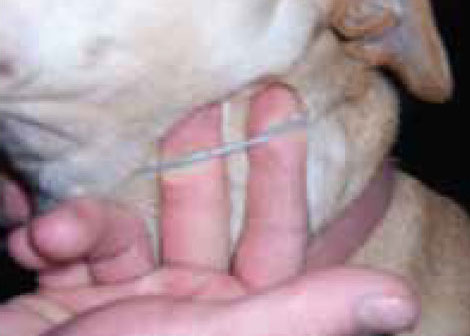
If the Lock Won't Move, Cut
If you cannot move the lock, place your fingers between the dog's neck and cable loop.
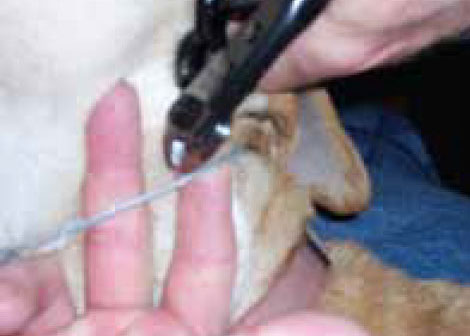
If the Lock Won't Move, Cut
Use your cable cutters to cut the loop between your fingers and remove the cut cable loop from the dog.
Note: Cut the cable that is the loop around the dog's neck. Cutting the cable between the dog and the anchoring point will not release the loop from around the neck.
General Trapping Information
In North Dakota, regulated use of cable devices occurs from late November through mid-March. Limited use occurs during late spring and summer by landowners or their agents removing nuisance wild animals. Obtaining permission to go on private property and visiting with landowners will help identify other activities occurring on the same property. Sharing this knowledge will reduce the potential for problems.
Trapping in North Dakota, which includes using cable devices, is an important component of forbearer management. Cable devices you may encounter are intended to capture fisher, mink, raccoon, skunk, fox, coyote, beaver, or bobcat.
Trapping in North Dakota is highly regulated; enforced by game wardens; based on sound science; and backed by continued research.
The North Dakota Game and Fish Department and the North Dakota Fur Hunters and Trappers Association review all reported trap incidents to assure continual success with regulated furbearer harvest and other resource users.
Individuals who want to learn more about trapping in North Dakota have that opportunity by attending a fur harvester education course.
